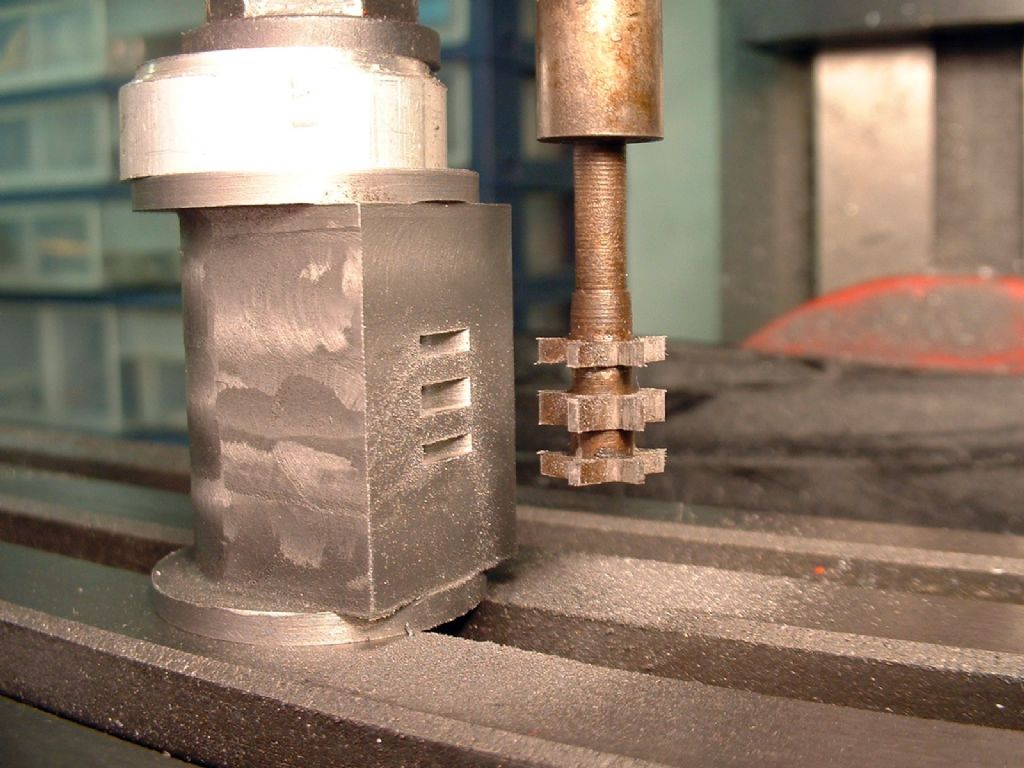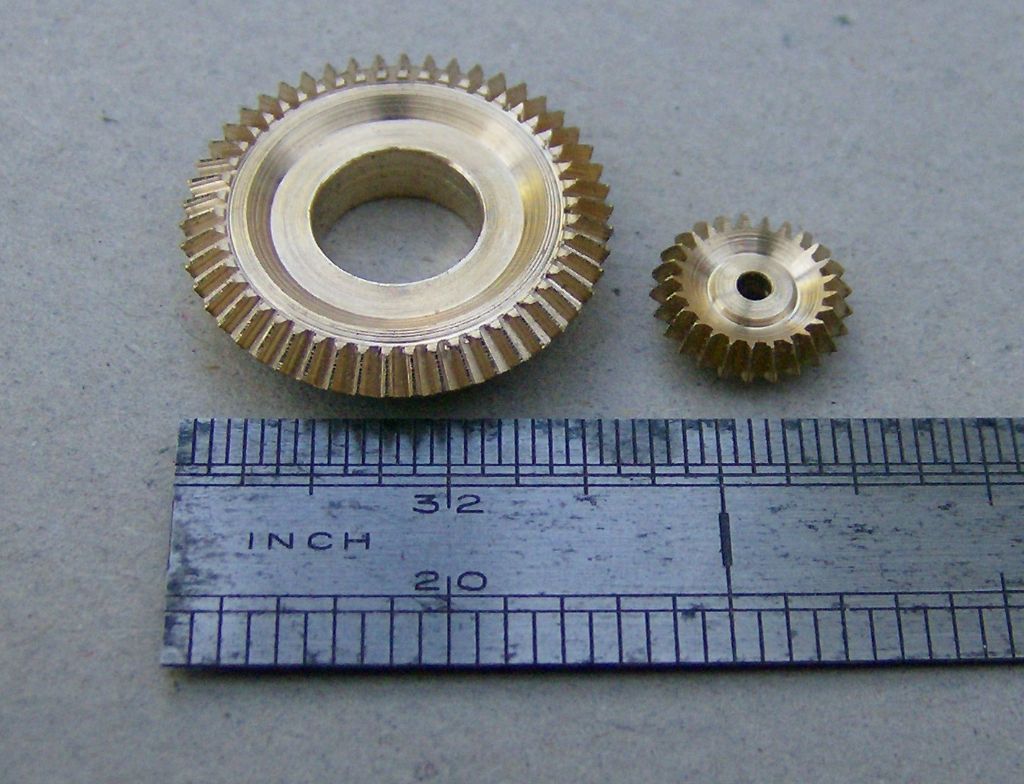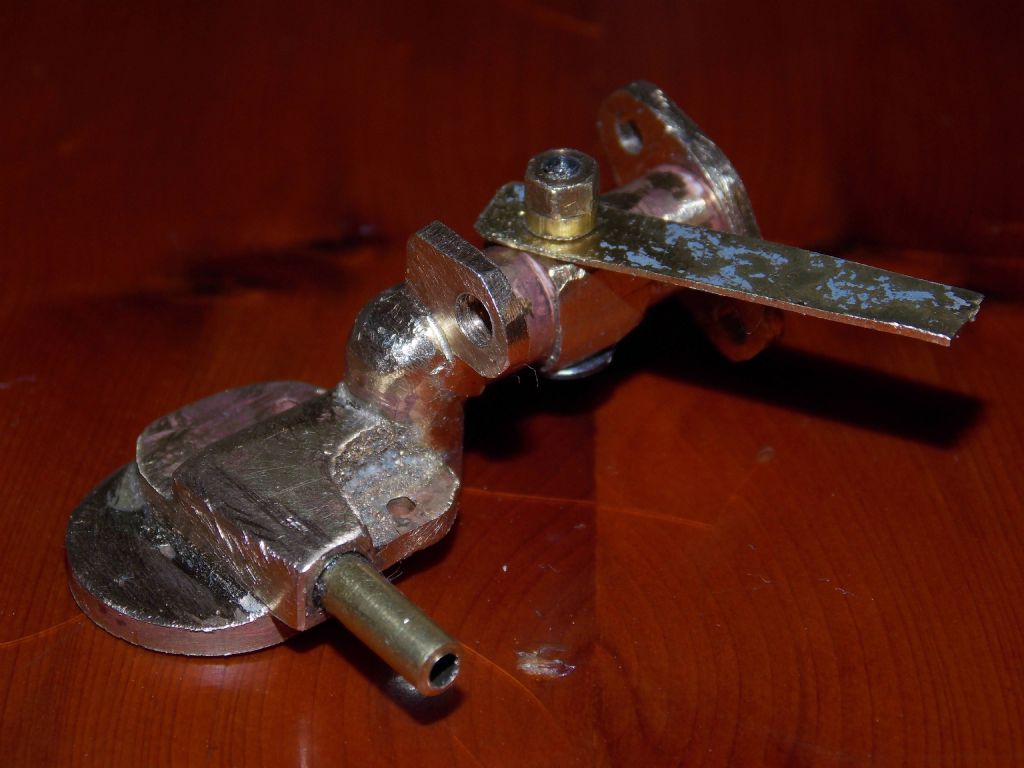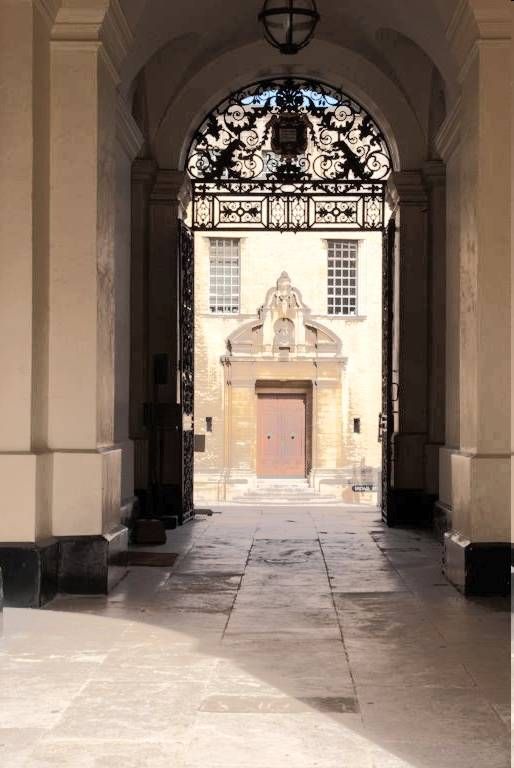Ian,
I agree with most of what Norman said above, and you won't go far wrong if you follow his steps verbatim. I do differ in my own practice in a few areas; not that my approach is better, it just suits the equipment I have.
I use a Canon DSLR which is probably wildly over-specified for the job. Since my workshop has no windows, I use flash. I don't find it necessary, or even desirable, to use manual focus unless using a macro lens for ultra close-ups; the AF on the DSLR is sophisticated enough to get it right provided you know how to use it. On flash, I always use a separate (and reasonably powerful) flash – indeed my DSLR does not have a built in one anyway, and they are pretty horrible. The secret is to bounce it off the ceiling and walls behind me; these are painted white – always a good idea, and I used to use it as a darkroom, for which white is the only remotely sensible colour. Using a reflector is much better than direct flash (yuk) but bouncing from the wall/ceiling is as much better again, but you do need a gun witha rotating head, or one which is capable of being held separately.
As has been said, digital pictures are free (well, to be more accurate, they effectively have a zero short-run marginal cost), but they also have the advantage that you can look at the result immediately. With a bit of experience you can soon tell from the review picture whether the focus is sharp and the exposure is acceptable. Even the latter is a lot less critical than in film days, especially if you use RAW files and process later. I find it's rarely necessary to take more than 2 or 3 pictures unless I want a variety for composition.
David
Edited By David Littlewood on 25/05/2013 17:41:57
 Nicholas Farr.
Nicholas Farr.










